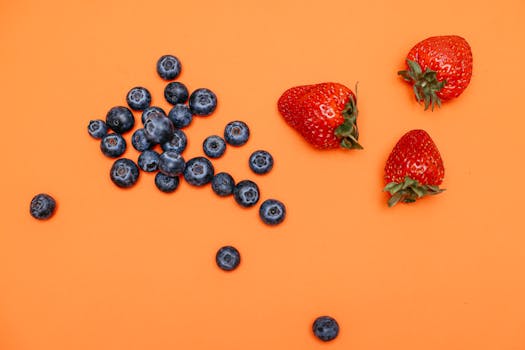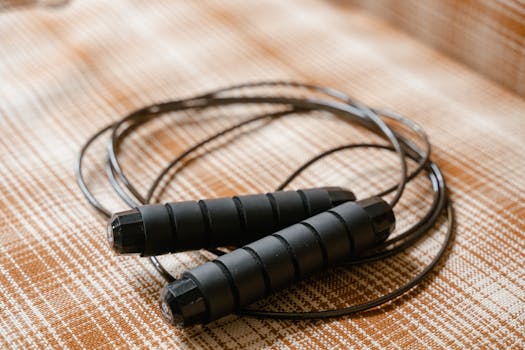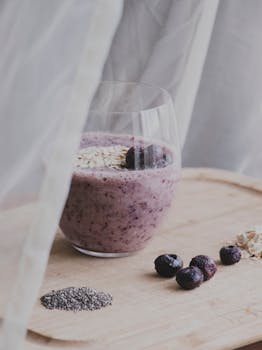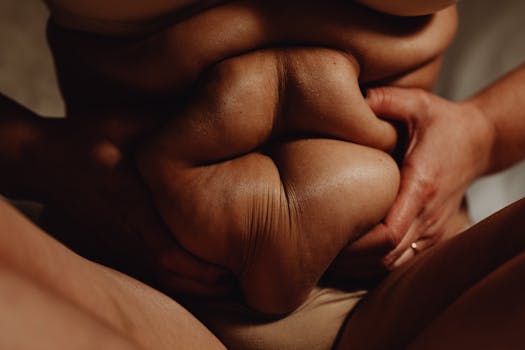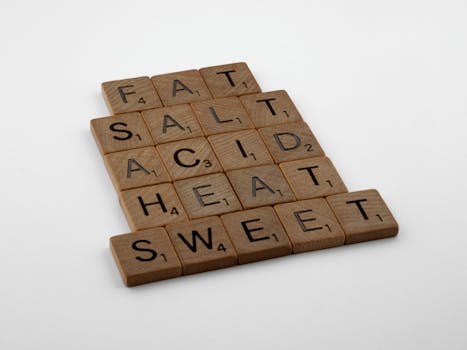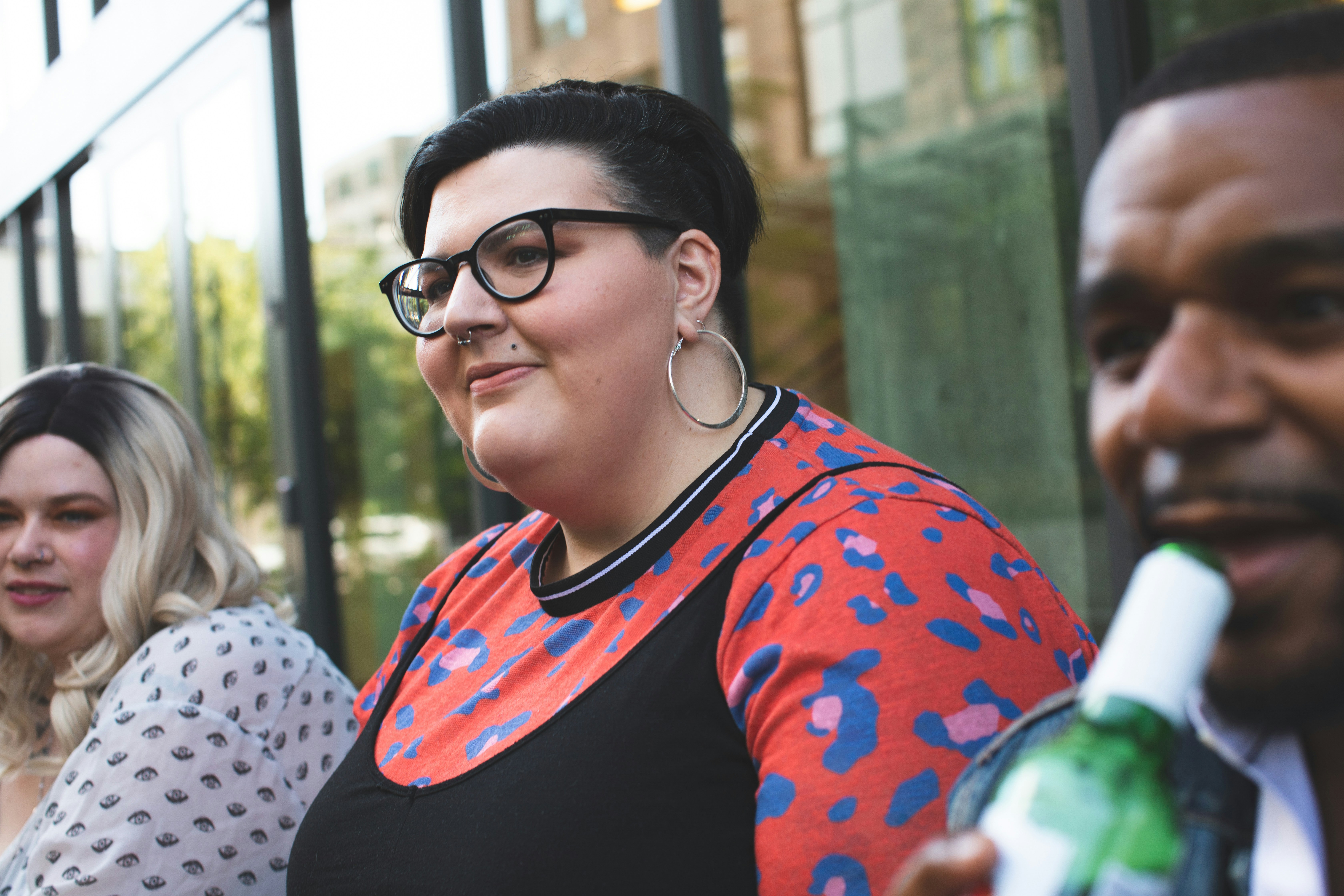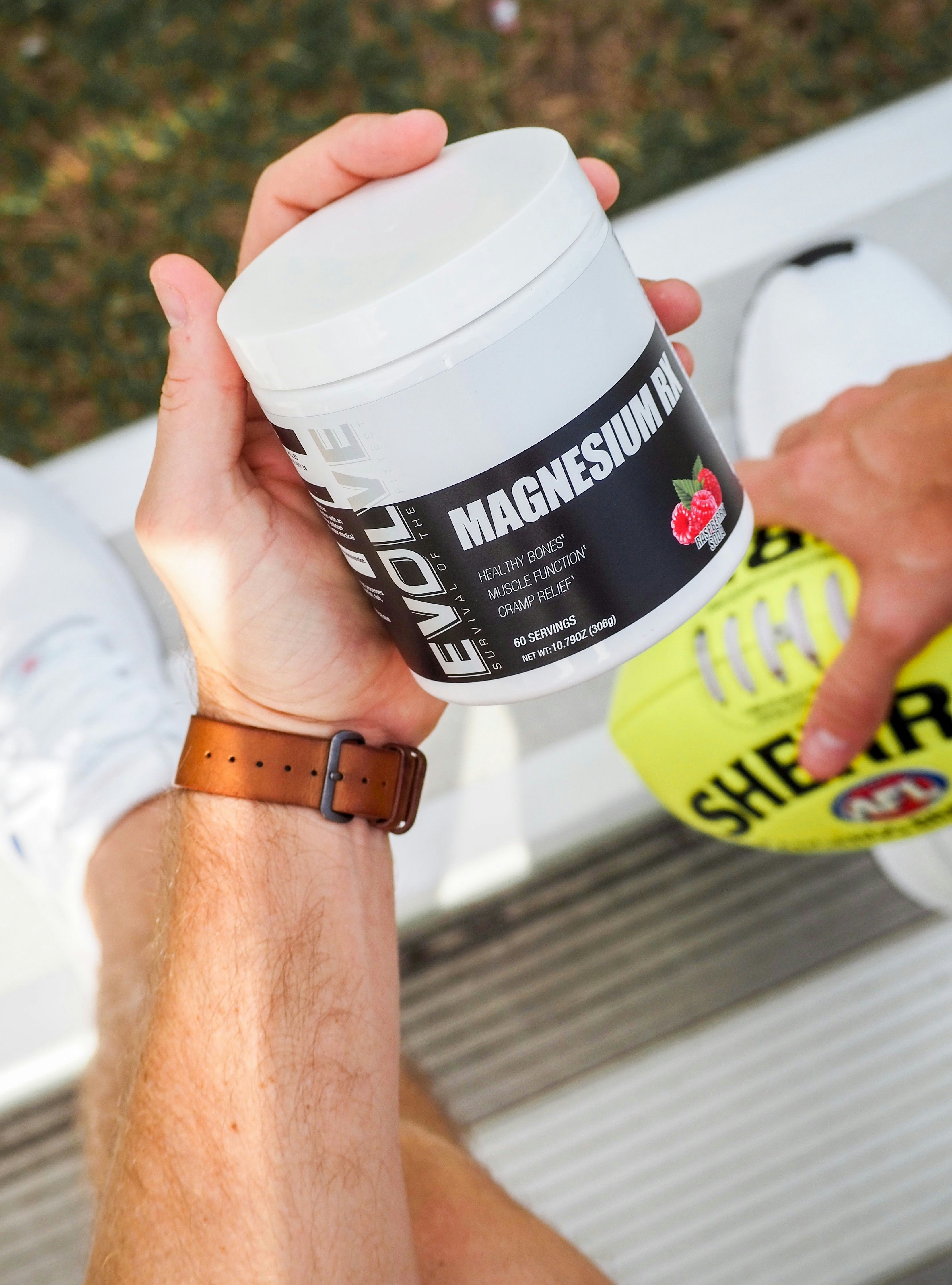Visual Body Fat Percentage Guide: A Complete Guide
Nov 26, 2024
In the quest for a lean, toned physique, understanding your body fat percentage is crucial. However, the concept of "visual body fat percentage" often leaves many individuals perplexed. How can you accurately gauge your body composition based on visual cues alone? This comprehensive guide will demystify the intricacies of visual body fat percentage, equipping you with the knowledge and tools to assess your progress effectively.
What is Visual Body Fat Percentage?
Visual body fat percentage refers to the estimation of an individual's body fat levels based on their physical appearance. Unlike traditional methods that rely on precise measurements or specialized equipment, this approach involves observing specific visual cues and comparing them to established standards or reference images.
The Importance of Visual Assessment
While numerical measurements provide valuable data, visual assessment offers a practical and accessible way to monitor your body composition journey. It allows you to track changes in your physique over time, providing a tangible representation of your progress. Additionally, visual assessment can be particularly useful when precise measurement tools are unavailable or inconvenient.
Factors Influencing Visual Body Fat Percentage
Several factors contribute to the visual perception of body fat, making it a complex and multifaceted assessment. Understanding these factors is crucial for accurate interpretation and realistic goal-setting.
Body Fat Distribution
The distribution of body fat plays a significant role in how it is perceived visually. Individuals with a higher concentration of fat in specific areas, such as the abdomen or thighs, may appear to have a higher overall body fat percentage than those with a more even distribution. Genetics and hormonal factors can influence this distribution pattern.
Muscle Mass and Tone
Muscle mass and tone can significantly impact the visual appearance of body fat. Well-developed muscles can create a leaner, more defined look, even at higher body fat percentages. Conversely, individuals with lower muscle mass may appear smoother or softer, even with relatively low body fat levels.
Hydration and Skin Condition
Proper hydration and skin condition can influence the visual perception of body fat. Well-hydrated individuals with healthy skin often appear leaner and more toned, while dehydration and poor skin condition can create a smoother, less defined appearance.
Visual Assessment Guidelines
While visual assessment is subjective, established guidelines and reference points can aid in estimating body fat percentage. These guidelines are based on observable physical characteristics and should be used in conjunction with other assessment methods for optimal accuracy.
Women's Visual Body Fat Percentage Guidelines
10-12% Body Fat: This is the lowest body fat percentage a woman should have. Muscles are clearly separated, with visible vascularity and striations, though not as pronounced as in men. Often seen in competitive athletes or bodybuilders. This level may not be considered safe or healthy for women who menstruate.
15-17% Body Fat: Muscles are still visible, including abs, legs, and arms with definition. There is some separation between muscles and some vascularity. Women may have less curvature in hips and buttocks due to low body fat. Common among fitness models. Menstruation may be affected at this level.
20-22% Body Fat: Considered "fit" and common among female athletes. There is some definition in the abs, and a small amount of body fat is present on the arms and legs but not highly visible.
25% Body Fat: On the lower end of the average range for women. Neither too slim nor overweight. Abs and other muscles are not as apparent, and there is generally more fat around the hips and buttocks.
30% Body Fat: Slight increase in fat accumulation, especially in the hips and buttocks region. This level is considered a high average for women.
35% Body Fat: Considered overweight according to the American Council on Exercise (ACE). The body has more fat accumulations, and the face and neck begin to appear fuller and rounder. Belly fat is more pronounced.
40% Body Fat: At this level, a woman is considered obese. There is an unbalanced muscle-to-fat ratio. Some women may not appear to have 40% body fat due to lower muscle mass.
45% Body Fat: Hips become noticeably wider than the shoulders. Hip circumference may reach 45+ inches, and waist circumference 35+ inches. Skin may start to lose its smooth nature.
50% Body Fat: Skin may appear more dimpled or "cottage cheese" like. Hip circumference may reach 45+ inches, and waist circumference 40+ inches.
It's important to note that these guidelines are general references and may vary based on individual factors such as muscle mass, bone structure, and body proportions.
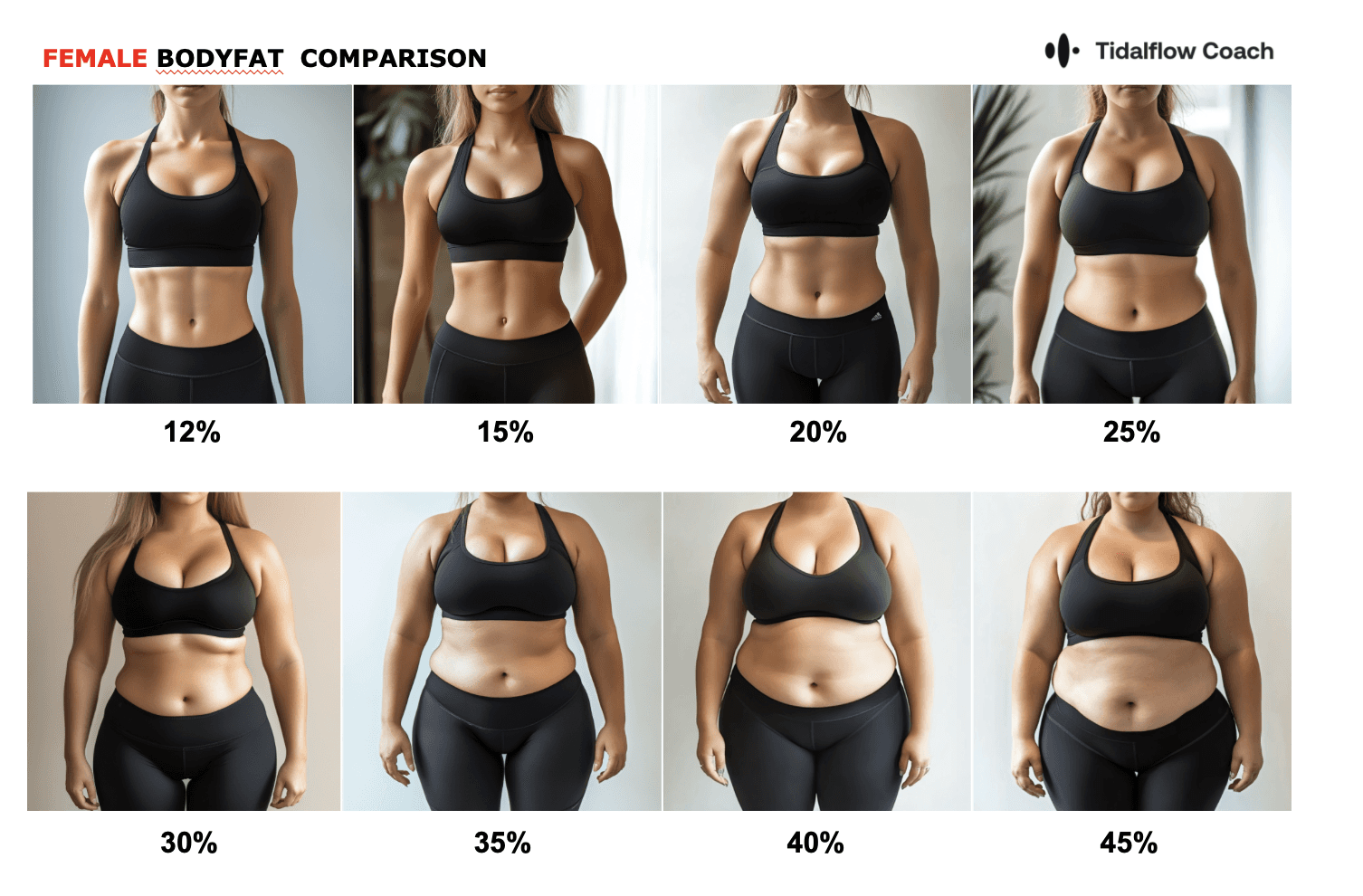
Men's Visual Body Fat Percentage Guidelines
3-6% Body Fat: Extremely lean, with visible striations and vascularity. Muscles are highly defined, and veins are prominent. Often seen in competitive bodybuilders or elite athletes.
7-10% Body Fat: Very lean, with clear muscle definition and separation between muscle groups. Abdominal muscles are highly visible.
11-14% Body Fat: Lean appearance with visible muscle outlines. Abs are visible, and there is some separation between muscles.
15-18% Body Fat: Moderately lean, with a fit appearance. Muscle definition is less pronounced, and there is a slight softening around the abdominal area.
19-24% Body Fat: Average body composition with minimal muscle definition. The physique appears smooth with potential fat accumulation around the waist.
25%+ Body Fat: Higher body fat percentage with noticeable fat accumulation in various areas. The body has a softer, rounder appearance.

Combining Visual Assessment with Other Methods
While visual assessment is a valuable tool, it should be combined with other methods for a more comprehensive evaluation of body composition.
Body Composition Analysis
Techniques such as bioelectrical impedance analysis (BIA), dual-energy X-ray absorptiometry (DEXA), or hydrostatic weighing provide precise measurements of body fat percentage. These methods can validate and refine your visual estimates.
Circumference Measurements
Measuring various body parts, such as the waist, hips, and thighs, offers additional insights into fat distribution and overall composition. Tracking these measurements over time can help identify trends and changes.
Progress Photos
Regularly taking progress photos from multiple angles can be invaluable for visual assessment. Comparing these photos over time helps identify subtle changes that may not be immediately apparent.
Embracing a Holistic Approach with Tidalflow
At Tidalflow, we understand the complexities of body composition and the importance of a comprehensive approach to achieving your fitness goals. Our AI-powered personal training solutions combine visual assessment with advanced data analysis and personalized coaching to provide you with a tailored plan for success.
Our AI trainers leverage cutting-edge technology to analyze your progress photos, circumference measurements, and other data points, providing you with accurate visual body fat percentage estimates and actionable insights. By combining this visual assessment with our science-backed workout programs and nutritional guidance, we empower you to make informed decisions and achieve sustainable results.
Conclusion
Visual body fat percentage assessment is a valuable tool in your fitness journey, offering a practical and accessible way to monitor your progress. By understanding the factors influencing visual perception, familiarizing yourself with established guidelines, and combining visual assessment with other methods, you can gain a comprehensive understanding of your body composition.
Embrace the power of Tidalflow's AI-driven personal training solutions and embark on a transformative journey toward your ideal physique. Our cutting-edge technology and personalized approach will guide you every step of the way, ensuring that you achieve your goals with confidence and precision.
Take the first step today and schedule a consultation with our team of experts. Unlock the secrets of visual body fat percentage and unlock your full potential with Tidalflow.
Disclaimer: This article is for informational purposes only and does not substitute professional medical advice. Consult a healthcare provider for personalized recommendations.
You should not have to do it all on your own



